MaterialSafety Data Sheet MSDS of Glyceryl Monostearate GMS CAS 31566-31-1
Section 1 : Chemical Product and Company Identification
Product Name: Glyceryl Monostearate
Catalog Codes: SLG1876, SLG1090, SLG1528
CAS#: 31566-31- 1
RTECS: RG1925000
TSCA: TSCA 8(b) inventory: Glyceryl Monostearate
CI#: Not available.
Synonym: Emrest 2400 Aldo, Arlacel, Tegin, Unitolate, Witconol; Glycerin Monostearate; Glycerol Monostearate; Monostearin; Octadecanoate acid, monoester with 1,2,3-propanetriol
Chemical Name: Glyceryl Monostearate
Chemical Formula: C21-H42-O4
CI#: Not applicable.
Contact Information for Emergency: (0086) 551 65418678
Hefei TNJ Chemical Industry Co.,Ltd.
D1508 Xincheng Business Center
Qianshan Road, Hefei
230004Anhui
China
Tel : (0086) 551 65418679 Fax: (0086) 551 65418697
Email:
info@tnjchem.com Site:
www.tnjchem.com
Section 2: Composition and Information on Ingredients
Composition:
Name CAS # By Weight %
Glyceryl Monostearate 31566-31- 1 100
Toxicological Data on Ingredients: Not applicable.
Section 3: Hazards Identification
Potential Acute Health Effects: Slightly hazardous in case of skin contact (irritant), of eye contact (irritant), of ingestion, of inhalation.
Potential Chronic Health Effects: CARCINOGENIC EFFECTS: Not available. MUTAGENIC EFFECTS: Not available. TERATOGENIC EFFECTS: Not available.
DEVELOPMENTAL TOXICITY: Not available. Repeated or prolonged exposure is not known to aggravate medical condition.
Section 4: First Aid Measures
Eye Contact: Check for and remove any contact lenses. In case of contact, immediately flush eyes with plenty of water for at least 15 minutes. Get medical attention if irritation occurs.
Skin Contact: Wash with soap and water. Cover the irritated skin with an emollient. Get medical attention if irritation develops
Serious Skin Contact: Not available.
Inhalation: If inhaled, remove to fresh air. If not breathing, give artificial respiration. If breathing is difficult, give oxygen. Get medical Attention.
Serious Inhalation: Not available.
Ingestion: Do NOT induce vomiting unless directed to do so by medical personnel. Never give anything by mouth to an unconscious person. If large quantities of this material are swallowed, call a physician immediately. Loosen tight clothing such as a collar,tie, belt or waistband.
Serious Ingestion: Not available.
Section 5: Fire and Explosion Data
Flammability of the Product: May be combustible at high temperature.
Auto-Ignition Temperature: Not available.
Flash Points: Not available.
Flammable Limits: Not available.
Products of Combustion: These products are carbon oxides (CO, CO2).
Fire Hazards in Presence of Various Substances: Slightly flammable to flammable in presence of heat. Non-flammable in presence of shocks.
Explosion Hazards in Presence of Various Substances:
Risks of explosion of the product in presence of mechanical impact: Not available. Risks of explosion of the product in presence of static discharge: Not available.
Fire Fighting Media and Instructions:
SMALL FIRE: Use DRY chemical powder. LARGE FIRE: Use water spray, fog or foam. Do not use water jet.
Special Remarks on Fire Hazards: Not available.
Special Remarks on Explosion Hazards: Not available.
Section 6: Accidental Release Measures
Small Spill: Use appropriate tools to put the spilled solid in a convenient waste disposal container. Finish cleaning by spreading water on the contaminated surface and dispose of according to local and regional authority requirements.
Large Spill:Use a shovel to put the material into a convenient waste disposal container. Finish cleaning by spreading water on the contaminated surface and allow to evacuate through the sanitary system.
Section 7: Handling and Storage
Precautions:
Keep away from heat. Keep away from sources of ignition. Empty containers pose a fire risk, evaporate the residue under a
fume hood. Ground all equipment containing material. Do not breathe dust.
Storage:
Light sensitive. Keep container tightly closed. Keep container in a cool, well-ventilated area.
Section 8: Exposure Controls/Personal Protection
Engineering Controls:
Use process enclosures, local exhaust ventilation, or other engineering controls to keep airborne levels below recommended exposure limits. If user operations generate dust, fume or mist, use ventilation to keep exposure to airborne contaminants below the exposure limit.
Personal Protection:
Safety glasses. Lab coat. Dust respirator. Be sure to use an approved/certified respirator or equivalent. Gloves..
Personal Protection in Case of a Large Spill:
Splash goggles. Full suit. Dust respirator. Boots. Gloves. A self contained breathing apparatus should be used to avoid inhalation of the product. Suggested protective clothing might not be sufficient; consult a specialist BEFORE handling thisproduct.
Exposure Limits:
Not applicable.
Section 9: Physical and Chemical Properties
Physical state and appearance: Solid
Odor: Not available.
Taste: Not available.
Molecular Weight: 258.63 g/mole
Color: Not available.
pH (1% soln/water): Not available.
Boiling Point: Decomposes
Melting Point: Not available.
Critical Temperature: Not available.
Specific Gravity: Not available.
Vapor Pressure: Not available.
Vapor Density: Not available.
Volatility: Not available.
Odor Threshold: Not available.
Water/Oil Dist. Coeff.: Not available.
Ionicity (in Water): Not available.
Dispersion Properties: See solubility in water
Solubility: Easily Soluble in cold water.
Section 10: Stability and Reactivity Data
Stability: The product is stable.
Instability Temperature: Not available.
Conditions of Instability: Excess heat, incompatible materials, light
Incompatibility with various substances:
Not available.
Corrosivity:Not available.
Special Remarks on Reactivity:
Light sensitive
Special Remarks on Corrosivity: Not available.
Polymerization: No
Section 11: Toxicological Information
Routes of Entry: Inhalation. Ingestion.
Toxicity to Animals: LD50: Not available. LC50: Not available
Chronic Effects on Humans:
Not available
Other Toxic Effects on Humans:
Slightly hazardous in case of skin contact (irritant), of ingestion, of inhalation.
Special Remarks on Toxicity to Animals: Not available.
Special Remarks on Chronic Effects on Humans: Not available
Special Remarks on other Toxic Effects on Humans:
Acute Potential Health Effects: May cause skin, eye, respiratory tract, and gastrointestinal tract irritation
Section 12: Ecological Information
Ecotoxicity: Not available.
BOD5 and COD: Not available.
Products of Biodegradation:
Possibly hazardous short term degradation products are not likely. However, long term degradation products may arise.
Toxicity of the Products of Biodegradation: Not available.
Special Remarks on the Products of Biodegradation: Not available.
Section 13: Disposal Considerations
Waste Disposal:
Waste must be disposed of in accordance with federal, state and local environmental control regulations.
Section 14: Transport Information
DOT Classification: Not a DOT controlled material (United States).
Identification: : Not available.
Special Provisions for Transport: Not available.
Section 15: Other Regulatory Information
Federal and State Regulations:
TSCA 8(b) inventory: Glyceryl monostearate
Other Regulations: EINECS: This product is on the European Inventory of Existing Commercial Chemical Substances.
Other Classifications:
WHMIS (Canada):
Not controlled under WHMIS (Canada).
. DSCL (EEC):
HMIS (U.S.A.):
Health Hazard: 1
Fire Hazard:1
Reactivity: 0
Personal Protection: E
National Fire Protection Association (U.S.A.):
Health: 1
Flammability: 1
Reactivity: 0
Specific hazard:
Protective Equipment:
Gloves. Lab coat. Dust respirator. Be sure to use an approved/certified respirator or equivalent. Safety glasses.
Section 16: Other Information
References: Not available.
Other Special Considerations: Not available.
Created: 10/09/2005 05:35 PM
Last Updated: 05/21/2017 12:00 PM
The information above is believed to be accurate and represents the best information currently available to us. However, we make no warranty of merchantability or any other warranty, express or implied, with respect to such information, and we assume no liability resulting from its use. Users should make their own investigations to determine the suitability of the information for their particular purposes. In no event shall we m be liable for any claims, losses, or damages of any third party or for lost profits or any special, indirect, incidental, consequential or exemplary damages, howsoever arising, even if we have been advised of the possibility of such damages.





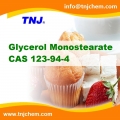
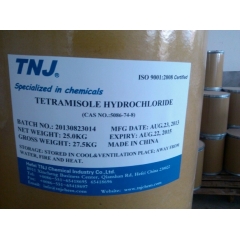
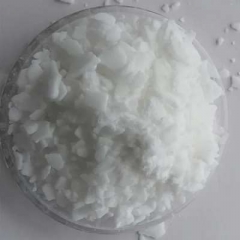
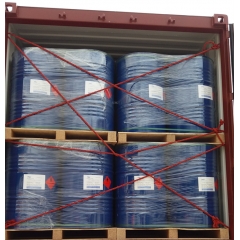

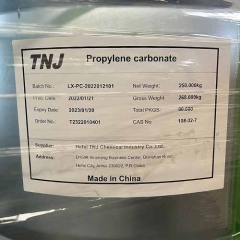
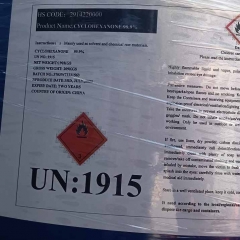
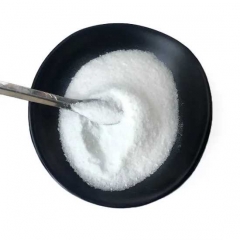
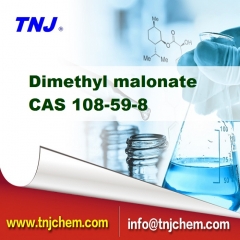
 chemical.tnj
chemical.tnj +8618949823763
+8618949823763 tnjchem
tnjchem 2881500864
2881500864